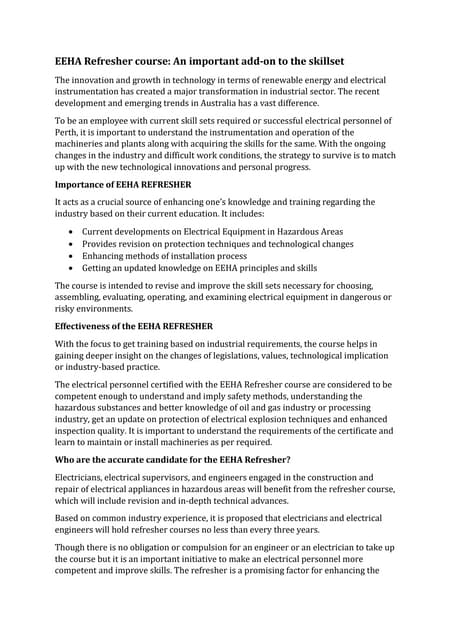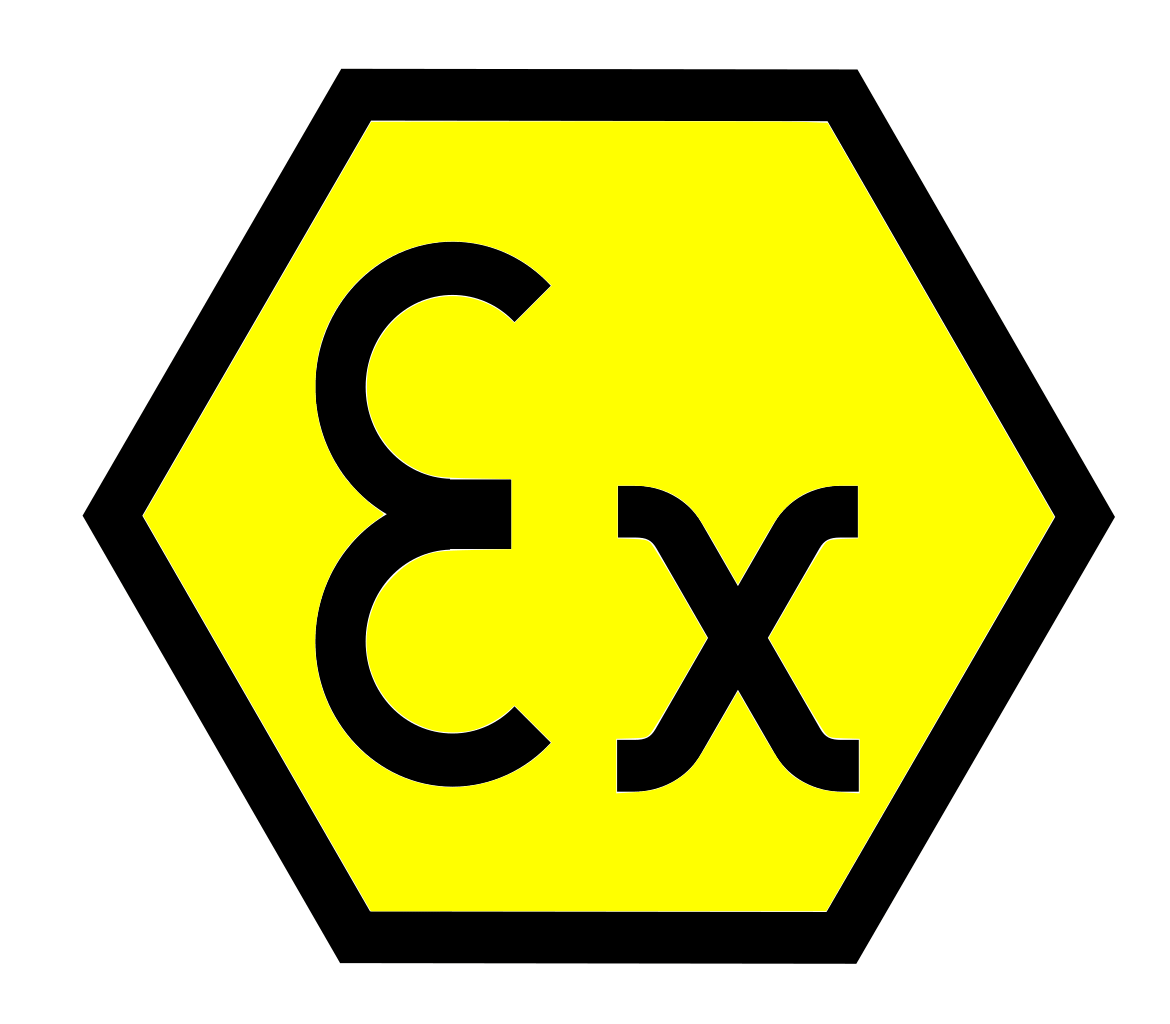The Basic Principles Of Roar Solutions
The Basic Principles Of Roar Solutions
Blog Article
Roar Solutions Fundamentals Explained
Table of ContentsGetting My Roar Solutions To WorkRoar Solutions Can Be Fun For EveryoneExcitement About Roar Solutions
In order to shield installments from a possible surge an approach of evaluating and classifying a potentially unsafe area is required. The function of this is to guarantee the correct choice and setup of devices to inevitably stop a surge and to ensure safety of life.
(https://www.video-bookmark.com/bookmark/6634779/roar-solutions/)
No tools ought to be installed where the surface temperature level of the tools is above the ignition temperature level of the offered hazard. Below are some usual dirt unsafe and their minimal ignition temperature. Coal Dirt 380C 225C Polythene 420C (melts) Methyl Cellulose 420C 320C Starch 460C 435C Flour 490C 340C Sugar 490C 460C Grain Dust 510C 300C Phenolic Material 530C > 450C Aluminium 590C > 450C PVC 700C > 450C Soot 810C 570C The chance of the danger being existing in a concentration high sufficient to create an ignition will vary from location to location.
Hazardous area electrical tools possibly designed for usage in higher ambient temperatures. Area Repair Work By Authorised Worker: Challenging screening may not be needed nonetheless particular treatments may require to be complied with in order for the devices to preserve its third event score. Each piece of devices with a harmful ranking should be examined independently.
The Basic Principles Of Roar Solutions
The equipment register is a thorough database of tools records that includes a minimum collection of areas to determine each thing's area, technical specifications, Ex lover category, age, and ecological data. This details is essential for tracking and taking care of the tools effectively within hazardous locations. In comparison, for routine or RBI tasting assessments, the grade will certainly be a mix of Thorough and Close assessments. The proportion of Comprehensive to Close evaluations will certainly be determined by the Equipment Danger, which is evaluated based upon ignition threat (the probability of a resource of ignition versus the chance of a flammable ambience )and the dangerous area classification
( Area 0, 1, or 2). This variant will certainly likewise influence the resourcing needs for job prep work. When Great deals are specified, you can create sampling strategies based on the example dimension of each Whole lot, which describes the number of random devices things to be checked. To figure out the called for example size, two elements require to be examined: the dimension of the Great deal and the classification of examination, which suggests the level of effort that need to be applied( lowered, typical, or increased )to the assessment of the Great deal. By integrating the classification of assessment with the Lot dimension, you can after that develop the appropriate rejection requirements for a sample, implying the allowable number of defective products found within that sample. For more information on this procedure, please describe the Power Institute Standards. The IEC 60079 basic recommends that the maximum period in between inspections should not surpass 3 years. EEHA inspections will likewise be conducted beyond RBI campaigns as component of set up upkeep and equipment overhauls or fixings. These examinations can be attributed toward the RBI example sizes within the affected Whole lots. EEHA assessments are carried out to identify mistakes in electrical tools. A weighted scoring system is crucial, as a solitary piece of tools might have multiple mistakes, each with varying degrees of ignition danger. If the consolidated rating of both assessments is less than two times the fault score, the Whole lot is considered acceptable. If the Great deal is still considered undesirable, it must go through a complete assessment or justification, which might trigger more stringent inspection procedures. Accepted Lot: The reasons for any faults are recognized. If a common failure setting is found, added equipment may need maintenance. Mistakes are classified by extent( Safety, Stability, Housekeeping ), guaranteeing that immediate issues are examined and other resolved quickly to alleviate any effect on safety and security or operations. The EEHA database must track and videotape the lifecycle of faults along with the restorative activities taken. Applying a durable Risk-Based Inspection( RBI )technique is critical for making certain compliance and safety and security in managing Electrical Devices in Hazardous Areas( EEHA) (eeha certificate). Automated Fault Scoring and Lifecycle Monitoring: Easily take care of mistakes and track their lifecycle to boost evaluation accuracy. The introduction of this support for risk-based evaluation even more enhances Inspectivity's placement as a best-in-class remedy for governing conformity, along with for any type of asset-centric assessment usage situation. If you have an interest in finding out more, we invite you to ask for a demo and find exactly how our solution can change your EEHA monitoring procedures.
About Roar Solutions

In regards to explosive risk, a dangerous location is an atmosphere in which an explosive ambience is present (or might be expected to be existing) in quantities that call for special precautions for the building and construction, setup and use of tools. eeha training. In this short article we discover the challenges encountered in the work environment, the threat control steps, and the called for proficiencies to work securely
It issues of modern-day life that we manufacture, keep or handle a variety of gases or fluids that are regarded flammable, and a series of dusts that are considered flammable. These materials can, in certain problems, create explosive environments and these can have significant and heartbreaking consequences. Most of us recognize with the fire triangular remove any type of among the 3 elements and the fire can not occur, however what does this mean in the context of unsafe areas? When breaking this down right into its simplest terms it is essentially: a combination of a specific quantity of launch or leakage of a particular substance or material, combining with ambient oxygen, and the visibility of a resource of ignition.
In a lot of instances, we can do little about the levels of oxygen in the air, however we can have substantial impact on resources of ignition, as an example electric devices. Unsafe locations are recorded on the harmful location category drawing and are determined on-site by the triangular "EX LOVER" indication. Right here, amongst other key information, areas are divided right into 3 types depending upon the risk, the probability and period that an eruptive ambience will certainly exist; Zone 0 or 20 is deemed one of the most hazardous and Zone 2 or 22 is regarded the least.
Report this page